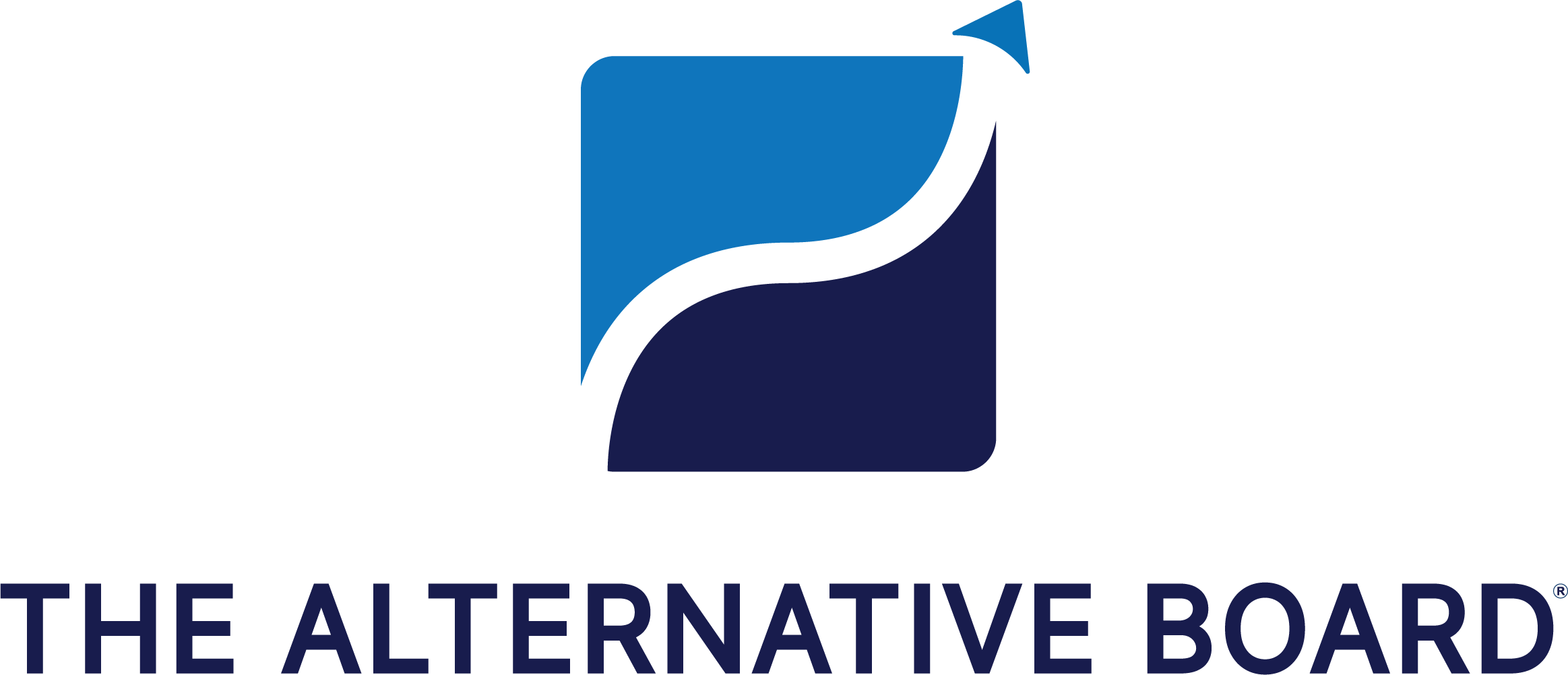The job market in Australia has shifted dramatically in recent years, with many job seekers still finding their footing in a post-pandemic world. Attitudes towards work, education, and workplace dynamics have evolved, making recruitment a challenge for even the most experienced business owners and HR professionals. With Baby Boomers retiring at an increasing rate and younger generations bringing fresh perspectives and expectations, it’s vital to understand today’s workforce trends to attract and retain top talent.
Understanding Job Seeker Demographics
A decade ago, Millennials were making their mark on the Australian workforce, driving technological innovation and redefining workplace expectations. Fast forward to today, and the generational makeup of the workforce continues to evolve. According to research from Johns Hopkins University, Baby Boomers now make up around 19% of the workforce, Generation X comprises 35.5%, and Millennials lead with 39.4%. By 2030, Generation Z is expected to account for approximately 30% of the labour market.
Each generation brings unique strengths and expectations. Younger employees tend to be highly tech-savvy and value flexibility, while older workers often prioritise stability and traditional career pathways. With the youngest Baby Boomers now well into their sixties and Generation X approaching retirement, businesses must prepare for a shifting talent landscape.
Click here to read “Leveraging Generational Differences in Your Team.”
Today’s Job Seekers Are Cautious but Ambitious
The uncertainty caused by the pandemic has left many Australian job seekers weary. Redundancies, shifting remote work policies, and economic uncertainty have contributed to job dissatisfaction and burnout. As a result, stability is now a major factor in job selection—many candidates are willing to accept slightly lower pay in exchange for long-term security.
That said, competitive remuneration remains a key driver. With the rising cost of living, particularly in housing and education, workers are actively seeking roles that offer fair wages and robust benefits. Employers who fail to meet these expectations may struggle to attract top talent.
A Workforce Rich in Skills
Digital fluency is now a baseline expectation in most industries. Even older job seekers possess strong technology skills, while younger candidates bring expertise in artificial intelligence, automation, and emerging digital tools. Traditional university degrees are still valued, but there’s a growing recognition of alternative education pathways, such as coding bootcamps, vocational training, and industry-specific certifications. Employers who prioritise skills-based hiring over rigid degree requirements can tap into a broader and more capable talent pool.
Values and Workplace Expectations Matter More Than Ever
Today’s workforce, particularly younger employees, seeks alignment between their personal values and their employer’s mission. Social responsibility, sustainability, and diversity in the workplace are increasingly non-negotiable factors in job selection.
While remote and hybrid work options are being scaled back in some industries, flexibility remains a significant expectation. Employers that can offer work-life balance options, such as flexible hours or partial remote work, will have an edge in attracting top candidates.
How to Attract the Best Job Candidates in Australia
Understanding workforce trends is just the first step—employers must also adapt their hiring strategies to secure and retain the best talent. Here’s how:
1. Focus on What Job Seekers Value Most
Where possible, offer job flexibility and clearly communicate your company’s mission and values. Demonstrating how a candidate can contribute to these goals will help build a sense of purpose and belonging.
2. Embrace Skills-Based Hiring
University degrees remain important in some fields, but placing too much emphasis on formal education could mean missing out on highly skilled candidates. Instead, prioritise practical experience, certifications, and specialised expertise.
3. Be Transparent and Communicative
A clear and honest recruitment process builds trust with job seekers. Keep candidates informed with regular updates, be upfront about job responsibilities and expectations, and outline opportunities for career progression.
4. Offer Competitive Pay and Benefits
While job satisfaction is crucial, employees also expect fair compensation. Ensure your salary packages are competitive and consider adding perks such as professional development opportunities, wellness programs, and additional leave benefits.
5. Cultivate a Positive Workplace Culture
Creating a workplace where employees feel valued and supported is key to attracting and retaining top talent. Foster a culture of learning, encourage innovation, and ensure that all team members feel heard and included.
The Future of Work in Australia
The Australian workforce is evolving rapidly, and businesses that fail to adapt risk falling behind. By understanding shifting job seeker expectations and embracing modern hiring strategies, employers can build strong, resilient teams that drive long-term success.
Read our 19 Reasons You Need a Business Owner Advisory Board


